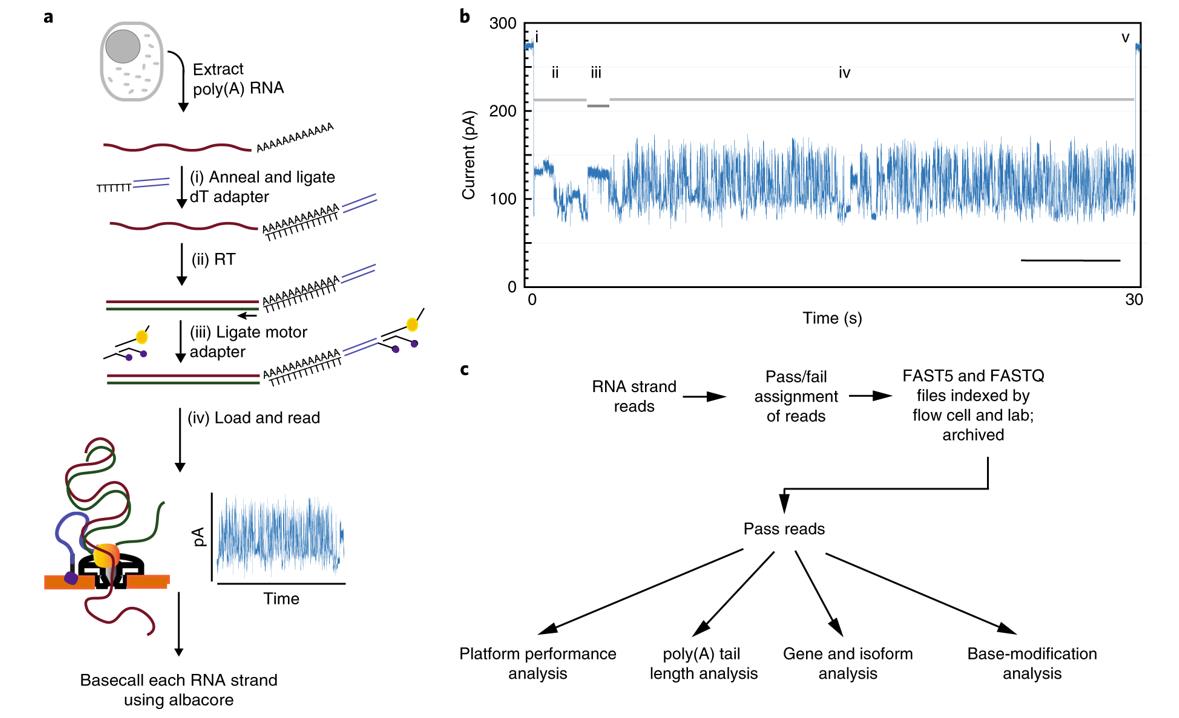The culinary landscape of the United Kingdom has been transformed over the past few decades, largely due to the influence of South Asian cuisine. From humble beginnings as a niche offering, desi food has evolved into a vibrant and integral part of the British food scene. This evolution is not just about the spread of popular dishes like curry, but also about the deep cultural connections and the rise of authentic desi experiences, such as enjoying a traditional “desi breakfast” right in the heart of the UK. This article explores the evolution of desi food in the UK, from the early days to the present, and how it continues to shape and be shaped by British culture.
The Arrival of Desi Cuisine in the UK
The story of desi food in the UK begins with the migration of South Asians, particularly from India, Pakistan, and Bangladesh, during the mid-20th century. Many of these immigrants arrived in the UK during the post-war period, seeking better economic opportunities. Along with them, they brought the rich culinary traditions of their homelands.
Initially, desi cuisine in the UK was largely confined to the homes of these immigrant communities. Families cooked traditional dishes, preserving their cultural heritage through food. However, as the South Asian population grew, so did the demand for authentic desi food. This led to the opening of the first Indian restaurants and takeaways, which initially catered primarily to the South Asian community.
The Rise of Indian Restaurants
The 1960s and 1970s marked a significant period in the evolution of desi food in the UK. Indian restaurants began to pop up across the country, particularly in urban areas like London, Birmingham, and Manchester. These establishments were often family-run businesses, offering a taste of home to South Asian immigrants while also introducing British diners to the bold and flavorful world of desi cuisine.
One of the most notable developments during this time was the adaptation of traditional dishes to suit British tastes. This led to the creation of now-iconic dishes like chicken tikka masala, which is said to have been invented in a Glasgow restaurant in the 1970s. This dish, with its creamy tomato-based sauce, became a symbol of the fusion between British and Indian culinary traditions.
Desi Food Becomes Mainstream
By the 1980s and 1990s, Indian food had firmly established itself in the British culinary mainstream. Indian restaurants became a staple of British high streets, and curry became one of the nation’s favorite dishes. The influence of desi cuisine was so profound that it began to shape British food culture in unprecedented ways.
The popularity of Indian food also led to the diversification of the offerings available. While earlier restaurants often focused on North Indian cuisine, particularly Punjabi and Mughlai dishes, the growing interest in regional cuisines led to the introduction of South Indian, Bengali, and Pakistani dishes. This period also saw the rise of vegetarian and vegan options, reflecting both the dietary preferences of South Asian communities and the growing interest in plant-based diets among the wider British population.
The Evolution of Desi Breakfast in the UK
One of the most exciting developments in the evolution of desi food in the UK has been the rise of the desi breakfast. Traditionally, breakfast in South Asia is a hearty affair, often featuring a variety of breads, lentils, vegetables, and sometimes meat. Dishes like parathas (stuffed flatbreads), poha (flattened rice), and chole bhature (spiced chickpeas with fried bread) are just a few examples of what you might find on a typical breakfast table.
In recent years, these traditional breakfast dishes have made their way into the UK food scene, particularly in areas with large South Asian populations. The concept of the “desi breakfast near me” has become increasingly popular, with cafes and restaurants offering authentic breakfast options that cater to both South Asian communities and adventurous food lovers.
Where to Find the Best Desi Breakfast in the UK
For those searching for a “desi breakfast near me,” the UK offers a wide variety of options. Cities with significant South Asian populations, such as London, Birmingham, Leicester, and Bradford, are home to numerous cafes and eateries that specialize in authentic desi breakfasts.
In London, for example, you can find places offering everything from spicy keema parathas (minced meat stuffed bread) to masala chai (spiced tea). Birmingham’s Balti Triangle is another hotspot for desi cuisine, where you can enjoy a traditional breakfast spread complete with halwa puri (a sweet dish served with fried bread and chickpeas).
Leicester, known for its vibrant South Asian community, offers an array of options for those seeking a desi breakfast. From aloo parathas (potato-stuffed flatbreads) to dahi bhalla (lentil dumplings in yogurt), the city’s eateries serve up a variety of dishes that reflect the rich culinary traditions of the Indian subcontinent.
The Influence of Social Media on Desi Food
The evolution of desi food in the UK has been significantly influenced by the rise of social media. Platforms like Instagram, Facebook, and TikTok have become powerful tools for food enthusiasts to share their experiences and discover new culinary delights. The “desi breakfast” has become a popular trend on these platforms, with food bloggers and influencers showcasing their favorite spots and dishes.
Social media has also played a crucial role in promoting the diversity of desi cuisine. Through visually appealing posts and engaging content, food influencers have introduced British audiences to lesser-known dishes and regional specialties. This has not only broadened the understanding of desi food but has also encouraged restaurants and cafes to innovate and expand their menus.
Moreover, the rise of food delivery apps has made it easier for people to enjoy desi food from the comfort of their homes. Whether it’s a traditional breakfast or a spicy curry, customers can now order their favorite dishes with just a few clicks, further solidifying the presence of desi cuisine in the UK.
Desi Street Food: A New Trend
In addition to the rise of the desi breakfast, another trend that has gained popularity in the UK is desi street food. Street food has always been an integral part of South Asian culture, offering a wide variety of affordable and flavorful dishes that are enjoyed by people from all walks of life.
In recent years, street food markets and festivals across the UK have begun to feature desi street food vendors, offering everything from pani puri (crispy hollow balls filled with spicy water) to vada pav (a spicy potato fritter sandwich). These vendors bring the vibrant flavors and lively atmosphere of South Asian street food to British audiences, further enriching the culinary landscape.
The success of desi street food in the UK has also led to the opening of brick-and-mortar establishments dedicated to this cuisine. These eateries often focus on authenticity, using traditional cooking methods and ingredients to recreate the flavors of South Asia. As a result, dishes that were once considered exotic are now part of the everyday food scene in the UK.
The Future of Desi Food in the UK
The evolution of desi food in the UK is far from over. As British tastes continue to evolve and diversify, the demand for authentic and innovative desi cuisine is likely to grow. This presents exciting opportunities for chefs, restaurateurs, and food entrepreneurs to explore new ways of showcasing the rich culinary heritage of South Asia.
One area that holds great potential is the fusion of desi cuisine with other global flavors. While fusion food is not a new concept, the blending of desi ingredients and cooking techniques with those of other cultures could lead to the creation of unique and exciting dishes that appeal to a broad audience.
Another trend that is expected to continue is the rise of health-conscious desi food. As more people in the UK become interested in healthy eating, there is a growing demand for dishes that are both nutritious and flavorful. This has led to the development of lighter versions of traditional dishes, as well as the incorporation of superfoods and plant-based ingredients into desi cuisine.
Finally, the future of desi food in the UK will also be shaped by the ongoing efforts to promote sustainability and ethical eating. From sourcing locally grown ingredients to reducing food waste, there are numerous ways in which the desi food industry can contribute to a more sustainable food system.
Conclusion
The evolution of desi food in the UK is a testament to the enduring appeal and adaptability of South Asian cuisine. From its humble beginnings in the homes of immigrant communities to its current status as a beloved part of British culture, desi food has come a long way. The rise of the desi breakfast and street food, the influence of social media, and the growing interest in health-conscious and sustainable eating all point to a bright future for desi cuisine in the UK.




